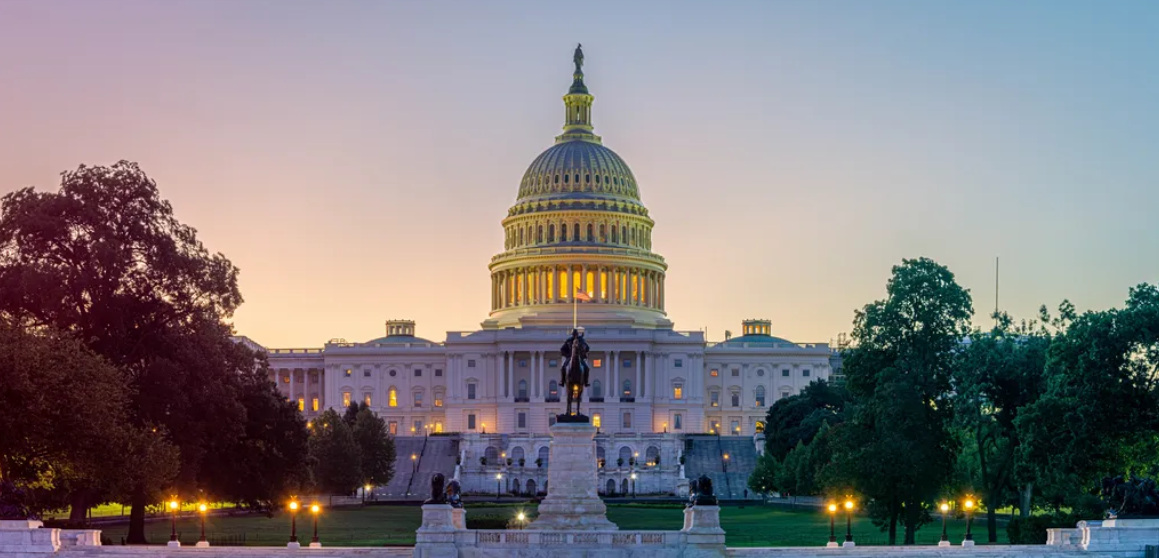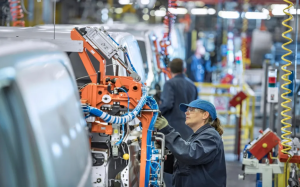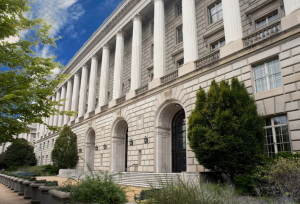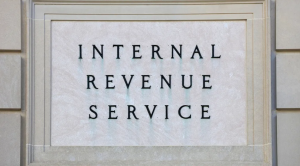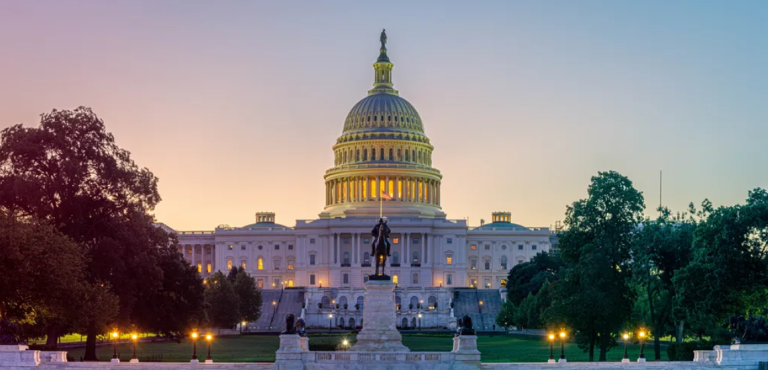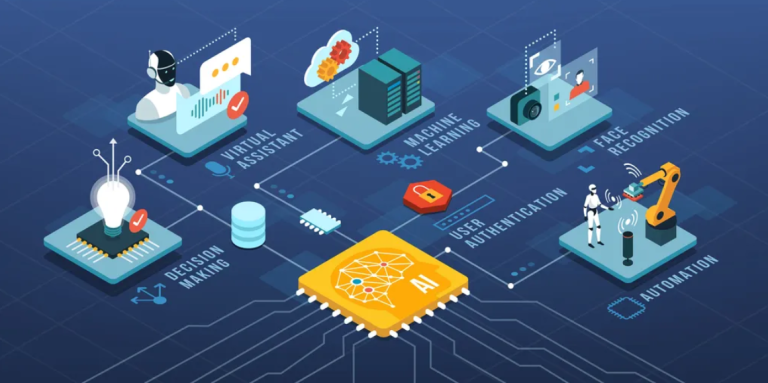Introduction: The Political Landscape
The political landscape in the United States has been characterized by division and partisanship in recent years. Against this backdrop, the Democratic Party is now pinning its hopes on bipartisanship as a means to advance its policy agenda. This article explores the prospects and implications of Democrats’ quest for bipartisan collaboration in Congress.
- The Democrats’ Policy Agenda
The Democratic Party has an ambitious policy agenda covering a wide range of issues, from climate change and healthcare to infrastructure and social justice. Achieving these policy goals requires navigating the political hurdles posed by a closely divided Congress.
- The Challenge of Partisanship
Partisanship has deeply entrenched itself in U.S. politics, making it increasingly difficult for either party to pass legislation without significant opposition. The divide is evident on key issues, with Democrats and Republicans often holding opposing views.
- The Role of Bipartisanship
Bipartisanship, the cooperation between members of different political parties, has the potential to break legislative gridlock. Democrats are counting on finding common ground with Republicans on specific issues, ensuring the passage of essential legislation.
- Prospects for Infrastructure and Budget Bills
One of the first areas where Democrats hope to achieve bipartisanship is in passing infrastructure and budget bills. These policies have wide-ranging implications for the economy, job creation, and public welfare.
- The Potential for Compromise
Democrats and Republicans may find common ground on issues like infrastructure, which are generally considered bipartisan priorities. The willingness to compromise will be pivotal in reaching legislative agreements.
- Economic Impact
The passage of policies through bipartisan efforts can have a significant impact on the economy. Infrastructure investments can create jobs and stimulate economic growth, while budget bills influence government spending and taxation.
- Overcoming Divisive Issues
Bipartisanship faces challenges when dealing with divisive issues such as healthcare and climate change. Finding common solutions on these matters will require considerable negotiation.
- The Political Landscape’s Changing Dynamics
The balance of power in Congress can shift with each election, making bipartisanship a strategy that must adapt to changing dynamics. In future elections, the composition of Congress may change, influencing the ease of bipartisan collaboration.
- The Role of Public Opinion
Public opinion can play a significant role in encouraging or discouraging bipartisan efforts. The desires of constituents and the influence of interest groups can sway lawmakers’ decisions on cooperation.
Conclusion: A Path Forward for Policy Implementation
In a divided Congress, bipartisanship is Democrats’ strategy for moving forward with their policy agenda. While there are obstacles and challenges to overcome, the potential for legislative achievements that benefit the economy and the American people is a strong motivator for finding common ground. The coming months and years will reveal whether Democrats’ hopes for bipartisanship can be translated into successful policy outcomes.







